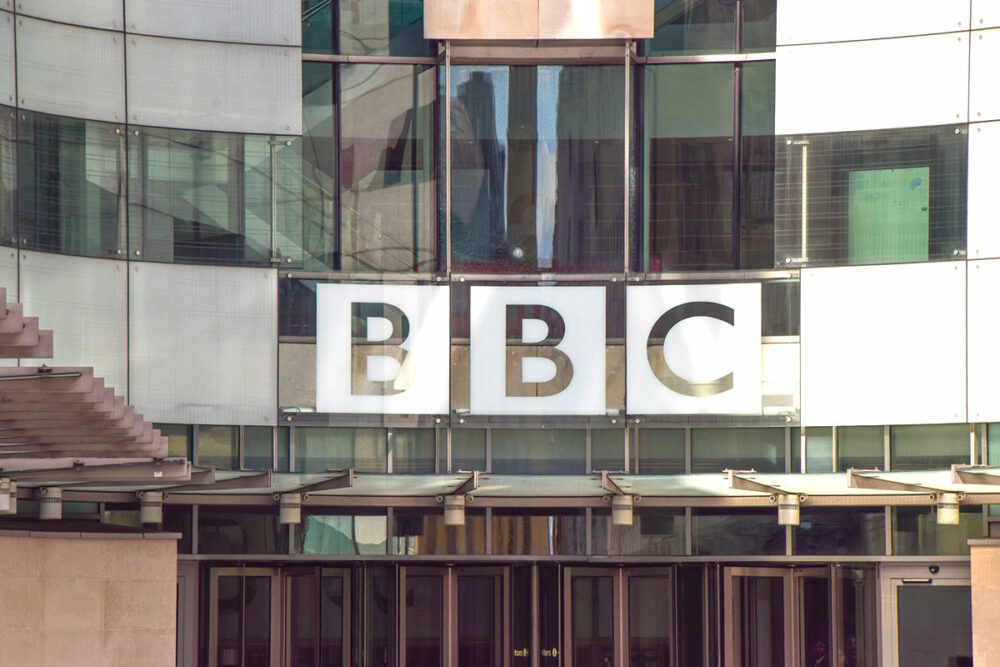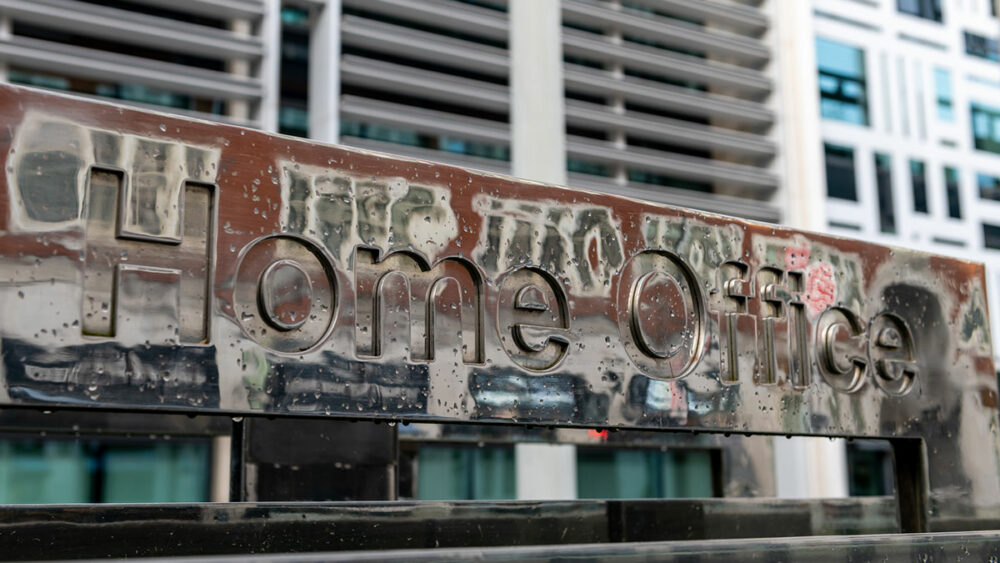Jump to downloads
Sir John Bourn, head of the National Audit Office, reported to Parliament today that hospital acquired infections can have serious consequences for patients, may be costing the NHS in the region of £1,000 million a year but could be reduced by around 15 per cent across the NHS. The report is a comprehensive analysis of how better management and control could address the problem of hospital acquired infection.
Top Five ways Hospital Acquired Affection can attack:
- Blood Infections
- After Surgery
- Urinary Infections
- Chest Infections
- Skin Infections
Six Main Things about Hospital Acquired Infections:
- Around one in eleven patients at any one time has an infection caught in hospital
- There are at least 100,000 hospital infections a year
- They cost the NHS hundreds of millions of pounds a year
- They can mean several extra days in hospital
- The old and the young at most at risk
- Hospital acquired infections can kill
Sir John commends the professionalism and dedication of NHS hospital infection control teams. He found many examples of good practice to prevent and minimise the problems of hospital acquired infection in individual NHS Trusts. He also recognised that the Department of Health has launched a number initiatives recently to raise the profile of hospital acquired infection and improve its prevention and control. But there is scope to do a lot more, particularly as part of efforts to tackle the growing problem of antibiotic resistance.
Sir John also concludes that in many NHS Trusts there may be a growing mismatch between what is expected of infection control teams in controlling hospital infection and the staffing and other resources allocated to them. He also found a lack of evidence based guidelines on the cost effectiveness of measures to reduce hospital acquired infection and scope to improve dissemination of good practice.
Prioritisation of resources for dealing with hospital acquired infection is not helped by the general lack of basic, comparable information about rates of hospital acquired infection. He therefore welcomed the Nosocomial (hospital acquired) Infection National Surveillance Scheme and the Department’s new Clinical Governance and Controls Assurance initiative which, among other things, focus attention on ways of improving the management and control of hospital acquired infection.
Sir John details 29 recommendations for improving the management and control of hospital acquired infection. These include, that the Department of Health should:
- consider revising their 1995 guidance on infection control and ensure that NHS Trusts comply with this guidance, and with the controls assurance standards on infection control;
- consider commissioning research on appropriate staffing levels for the infection control team; and
- encourage comprehensive participation in the Nosocomial Infection National Surveillance Scheme.
Also that NHS Trusts should:
- ensure that there is appropriate feedback of surveillance data to clinicians and senior management who should be encouraged to accept greater ownership for the control of hospital infection; and
- ensure that infection control considerations are an integral part of bed management policies and that the infection control function is resourced in line with Departmental guidance.
"Hospital acquired infections are a huge problem for the NHS. They prolong patients’ stays in hospital and, in the worst cases, cause permanent disability and even death. By implementing the NAO recommendations the NHS could make real improvements in the quality of care for patients and could free up significant additional resources for patient care."
Sir John
Downloads
- 9900230es.pdf (.pdf — 199 KB)
- 9900230.pdf (.pdf — 1,016 KB)
Publication details
- ISBN: 105566659 [Buy a hard copy of this report]
- HC: 230 1999-2000



